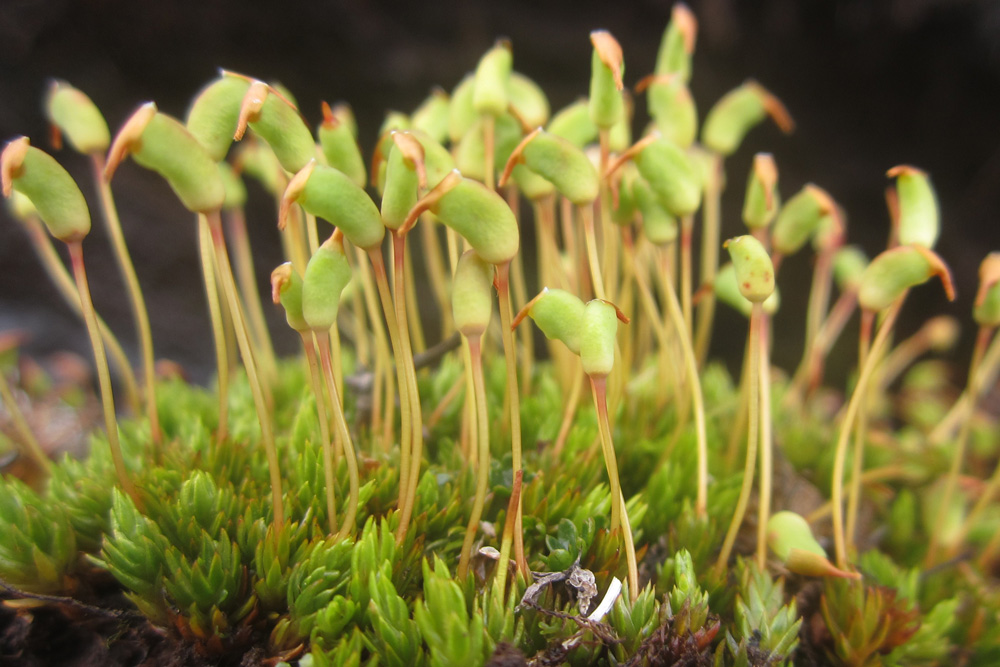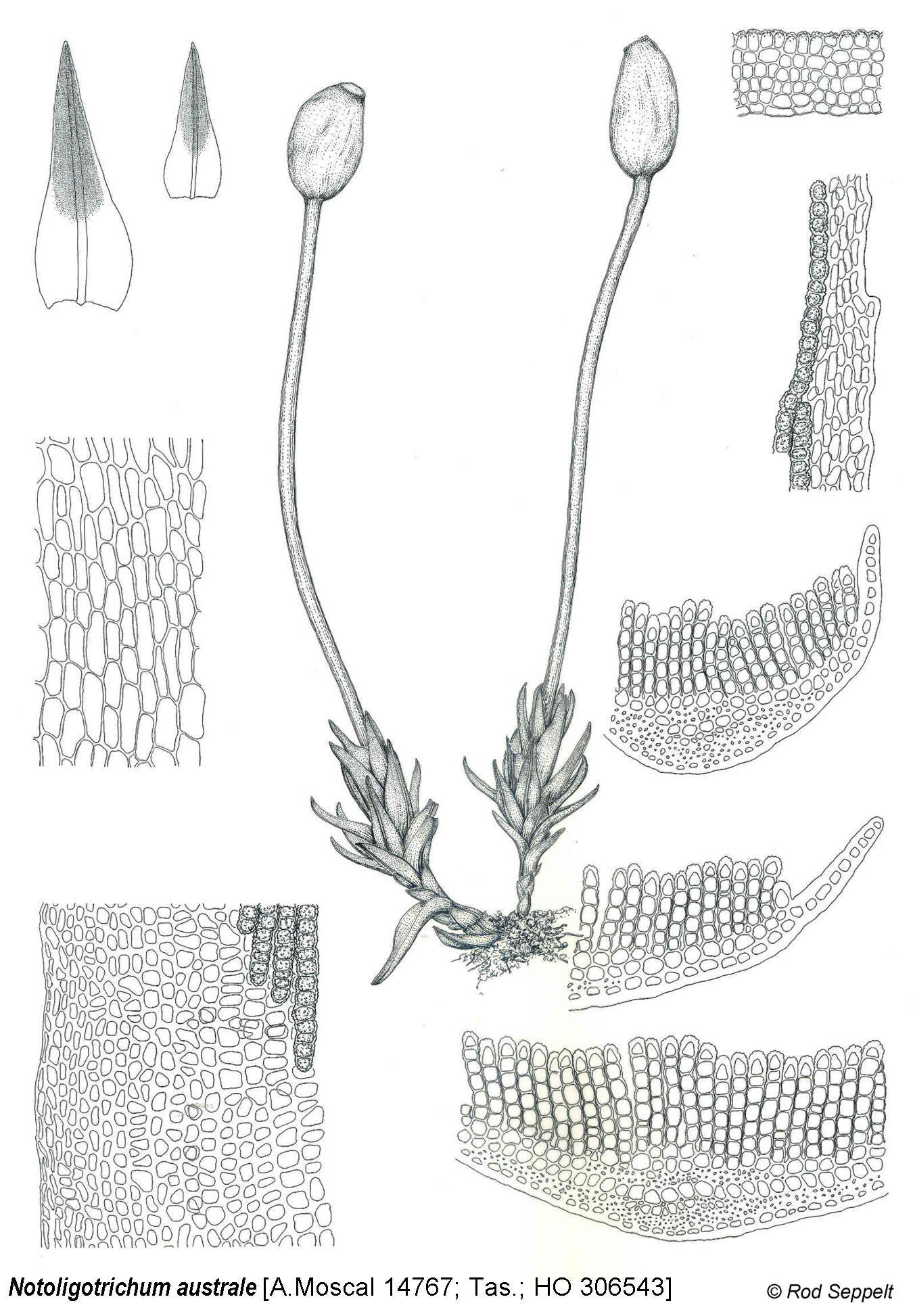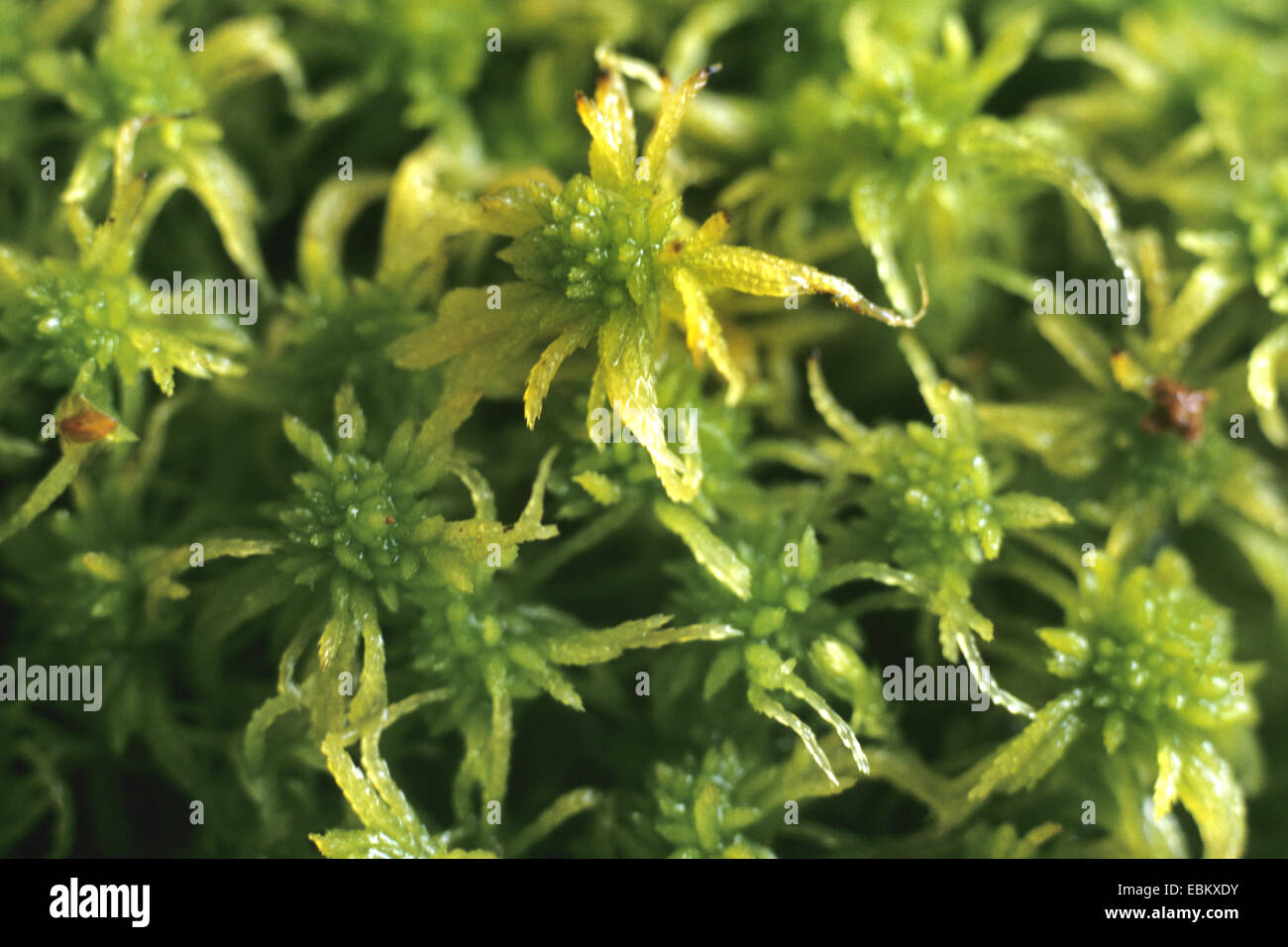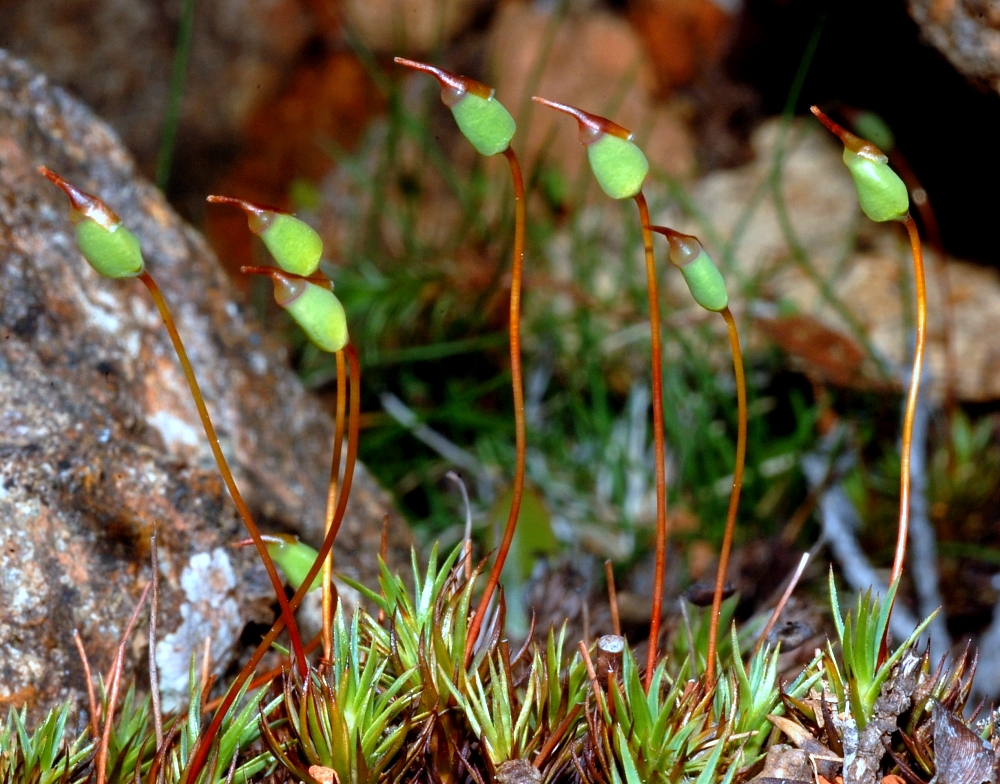
image from: https://laderasur.com/fotografia/los-pioneros-vegetales-del-estrecho-de-magallanes/fig8-notoligotrichum-bernard/
Notoligotrichum tapes var. apiculatum: The Fascinating Moss You’ve Never Heard Of
Introduction
When most people think of plants, they picture towering trees, colorful flowers, or maybe the grass beneath their feet. But there’s a whole other world of fascinating flora that often goes unnoticed – the world of mosses. Today, we’re going to dive into the details of one particularly interesting moss species: Notoligotrichum tapes var. apiculatum (Cardot) Schiavone

image from: https://www.anbg.gov.au/abrs/Mosses_online/48_Polytrichaceae_images.html
, also known simply as Notoligotrichum.
Background on Mosses
Before we get into the specifics of Notoligotrichum, let’s cover some moss basics. Mosses are small, non-vascular plants that belong to the division Bryophyta. Unlike other plants, they lack true roots, stems, and leaves. Instead, they have root-like structures called rhizoids, stem-like structures called gametophores, and leaf-like structures called phyllids.
Mosses play important ecological roles as pioneer species that help establish plant communities and prevent soil erosion. They are found in diverse habitats worldwide, from arctic tundra to tropical rainforests. There are over 12,000 known moss species, showcasing an incredible range of adaptations and growth forms.

image from: https://www.researchgate.net/figure/Notoligotrichum-trichodon-Hookf-WilsonGLSm-A-Habito-B-F-Hoja-B-Vista_fig2_318217800
Notoligotrichum tapes var. apiculatum
Now let’s focus on our star species: Notoligotrichum tapes var. apiculatum. This moss belongs to the Polytrichaceae family within the class Polytrichopsida. The Polytrichaceae are known as the “haircap mosses” due to the hairy calyptra (cap) that covers their spore capsules.
Morphology and Identification

image from: https://www.alamy.com/stock-photo-peat-moss-sphagnum-apiculatum-germany-76040551.html
Notoligotrichum tapes var. apiculatum forms dense turfs or cushions. Its shoots are upright and unbranched, growing 1-4 cm tall. The leaves are lance-shaped, 5-8 mm long, and have distinctly toothed margins near the tip. A key identifying feature is the reddish-brown, hairy calyptra
image from: https://linnet.geog.ubc.ca/Atlas/Atlas.aspx?sciname=Racomitrium heterostichum
atop the capsule when mature.
The scientific name provides clues to its appearance:
- Notoligotrichum means “southern hairy-hair moss”
- tapes means “tapering” (in reference to the leaves)
- apiculatum means “with a short abrupt point”

image from: https://www.researchgate.net/figure/Atrichum-androgynum-a-Gametophyte-b-c-Leaves-d-Perigonial-leaves-e-Apical-cell-of_fig1_232670414
Global Distribution and Habitat
This moss has a scattered global distribution, found in:
- Southern South America (Argentina, Chile)
- Australia
- New Zealand
- Some subantarctic islands
It grows on soil or rock in open habitats from lowland regions to the subalpine zone. Notoligotrichum is often found in disturbed areas like roadsides or eroded slopes, as well as in grasslands, shrublands, and open woodlands.
Ecological Roles and Adaptations
As a pioneer species, Notoligotrichum plays a vital role in

image from: https://www.researchgate.net/figure/SEM-micrographs-of-Polytrichaceae-A-Notoligotrichum-angulatum-peristome-and_fig2_352838295
soil stabilization and plant community development. Its dense turfs help prevent erosion and provide microclimates for other plants to establish. The moss also contributes to nutrient cycling and moisture retention in its habitats.
Some key adaptations of Notoligotrichum include:
- Desiccation tolerance

image from: https://www.researchgate.net/figure/23-19-Silver-enhanced-GS-labelling-of-peristome-cells-of-Notoligotrichum-minimum-20_fig3_225768056
: Able to survive periods of drying out and rehydrate when moisture is available again
- Hairy calyptra: Helps protect the developing spore capsule
- Toothed leaf margins: May aid in moisture retention and structural support

image from: https://www.anbg.gov.au/abrs/Mosses_online/48_Polytrichaceae_images.html
Conclusion
Notoligotrichum tapes var. apiculatum may not have a flashy appearance, but this mighty moss is a fascinating example of bryophyte diversity and ecological importance. From the subantarctic islands to the grasslands of South America, Notoligotrichum quietly plays a crucial role in its habitats.
The next time you’re out in nature, take a closer look at the mossy mats beneath your feet. You just might spot a patch of Notoligotrichum or one of its 12,000 cousins! These unassuming plants have an incredible story to tell about survival, adaptation, and the wonders of the plant kingdom.

image from: https://www.researchgate.net/figure/Notoligotrichum-trichodon-Hookf-WilsonGLSm-A-Habito-B-F-Hoja-B-Vista_fig2_318217800
So what do you think – are you ready to give mosses the appreciation they deserve? The more we understand about species like Notoligotrichum, the better we can protect and preserve the ecosystems they call home.